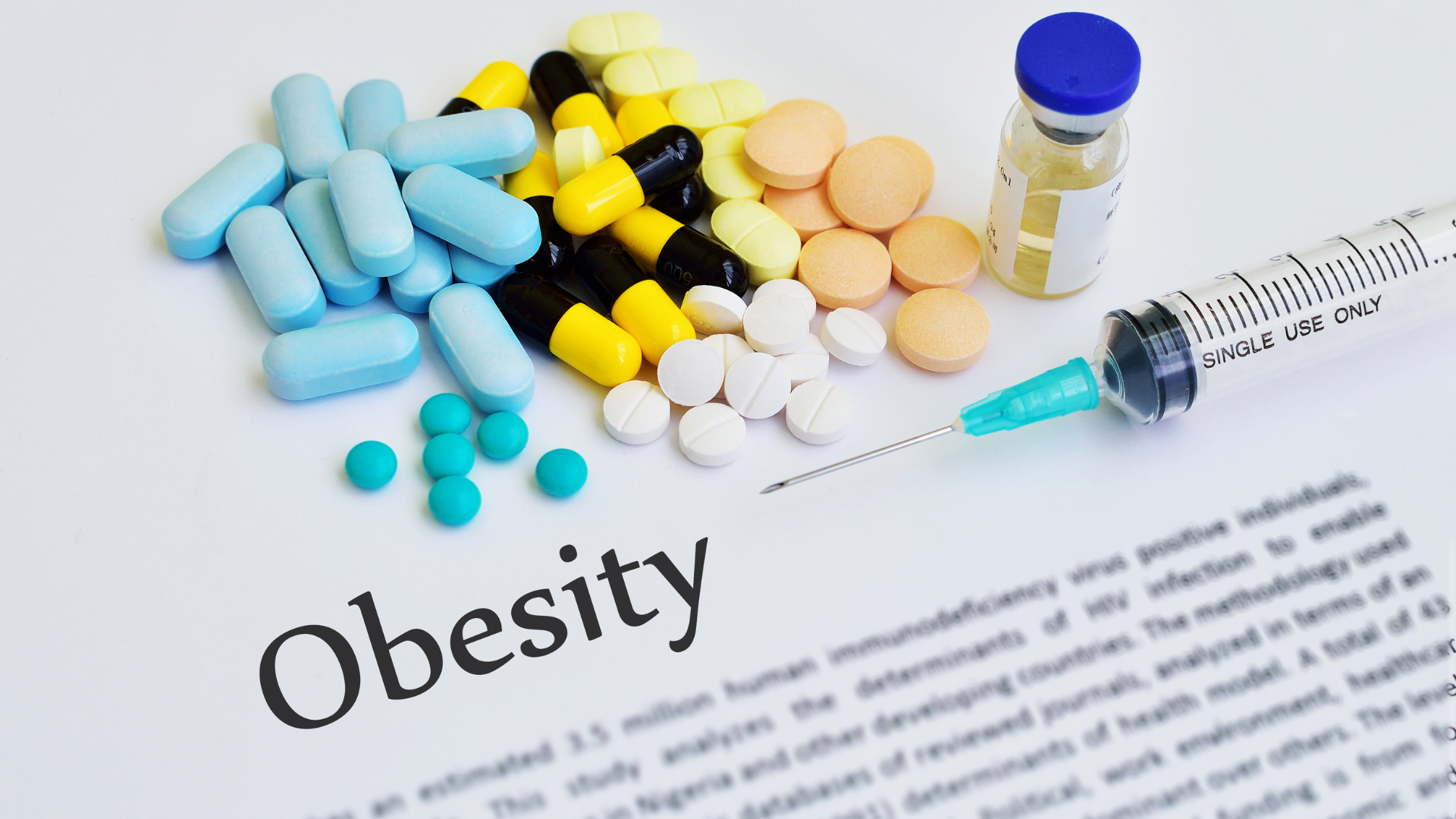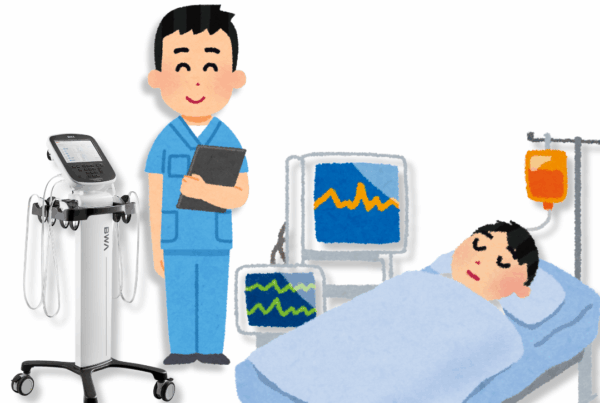When we talk about losing muscle, many immediately think of aging or inactivity. But one of the most overlooked, yet critical contributors to muscle loss is poor nutrition. Without proper nourishment, your muscles weaken from the inside, paving the way for a condition called sarcopenia.
What is Sarcopenia?
Sarcopenia refers to the age-related loss of muscle mass, low muscle strength, and/or low physical performance. While it’s often considered an age-related condition, studies reveal that sarcopenia risks and symptoms can begin as early as your 30s, especially if nutrition and lifestyle are neglected.
But it’s not just about looking weaker as sarcopenia can lead to:
💪 Reduced muscle strength and endurance
😫 Increased fatigue during everyday tasks
⚖️ Difficulty with balance and coordination
🚑 Greater risk of falls, fractures, and injuries
🧑🦽 Loss of mobility and independence

How Poor Nutrition Accelerates Sarcopenia?
Although the aging process naturally contributes to muscle loss, one of the most overlooked drivers of sarcopenia is poor nutrition. Without the right fuel, your body cannot effectively build, repair, or maintain muscle, causing muscle loss to progress more quickly, even among younger individuals.
The reality is your muscles are built in the kitchen as much as they are in the gym. A diet that lacks essential nutrients, especially protein, vitamins, and minerals, weakens your ability to preserve muscle mass. Over time, this increases the risk of sarcopenia and can significantly impact your physical performance.
Inadequate Protein Intake
Dietary protein supplies amino acids, which are vital for muscle repair and rebuilding. Without inadequate protein intake, your muscles cannot keep up with the natural breakdown that occurs daily, leading to gradual muscle loss over time.
One study involving 120 adults aged 70 to 85 with mild frailty investigated the impact of different protein intake levels on muscle health. Participants were assigned to consume either 0.8, 1.2, or 1.5 grams of whey protein per kilogram of body weight daily for 12 weeks.
The findings were clear. Those who consumed the highest protein dose of 1.5 grams per kilogram experienced significantly greater improvements in appendicular skeletal muscle mass (ASM), skeletal muscle mass index (SMI), and walking speed compared to those in the lowest intake group.
These results demonstrate that increasing daily protein intake can meaningfully enhance muscle mass and physical performance, even in older adults who are already vulnerable to sarcopenia.
Vitamin Deficiencies (Vitamin D, C & B12)
While protein often gets the spotlight in discussions about muscle health, vitamins play an equally critical role in preserving muscle mass and function. Deficiencies in key vitamins can disrupt essential physiological processes, contributing to accelerated muscle breakdown, reduced strength, and greater risk of sarcopenia.
One study examined the effect of vitamin D supplementation in older adults. Participants were provided with 10,000 IU cholecalciferol tablets, taken three times per week for six months, while others received a placebo. The results showed significant improvement in appendicular skeletal muscle mass (ASM) among those receiving the vitamin D supplements compared to the placebo group.
But vitamin D is just one piece of the puzzle. Other vitamins, particularly antioxidants like vitamin C, have also been shown to support muscle strength and physical function. For example, an analysis from the InCHIANTI Study, demonstrated that higher daily dietary intake of vitamin C was significantly associated with greater knee extension strength and better overall physical performance.
Furthermore, research also highlights the role of vitamin B12, a nutrient essential for nerve function, energy metabolism, and muscle health. One study found that elderly individuals with vitamin B12 levels below 400 pg/mL had significantly lower lean body mass, total skeletal muscle mass, and skeletal muscle mass index (SMI) compared to those with B12 levels above 400 pg/mL.
Mineral Deficiencies (Calcium & Magnesium)
While vitamins often take center stage, minerals are equally essential for maintaining muscle health, playing both structural and regulatory roles within the body. One of the most important minerals for muscle function is calcium.
An analysis from the Fourth Korea National Health and Nutrition Examination Survey (KNHANES), involving 1,339 older Korean adults, found that daily calcium intake was positively associated with higher levels of appendicular skeletal muscle mass (ASM). Notably, individuals in the highest tertile for daily calcium intake had a 71% lower risk of sarcopenia, compared to those in the lowest intake group.
Similarly, a large cross-sectional study of 396,283 participants from the UK Biobank showed that higher dietary calcium intake was significantly associated with lower odds of sarcopenia, reinforcing the role of calcium in protecting muscle mass.
Calcium, however, is not the only mineral that influences muscle health. Magnesium also plays a critical role, particularly in supporting protein synthesis.
A large cross-sectional analysis of 396,283 participants from the UK Biobank revealed an inverse association between magnesium intake and sarcopenia, suggesting that individuals with higher magnesium intake had lower odds of developing the condition. Further supporting this, the Maastricht Sarcopenia Study, which examined 227 community-dwelling older adults, found that those with sarcopenia had significantly lower daily magnesium intake compared to non-sarcopenic individuals.
Together, these findings highlight the importance of not only adequate calcium but also magnesium intake in preserving muscle mass and reducing the risk of sarcopenia. Calcium helps trigger muscle contraction, while magnesium contributes to muscle relaxation and supports protein synthesis. Both are essential for maintaining muscle strength and healthy function.
How to Prevent and Manage Sarcopenia Effectively?
The good news is that sarcopenia is not inevitable. With the right approach, it’s possible to slow, prevent, and in some cases, reverse the progression of muscle loss. Here are three essential strategies to support muscle health at any age:
1️⃣ Build Your Nutrition Foundation
Muscle preservation starts with proper fuel. Focus on:
✔️ Eating enough high-quality protein daily — 1.2 – 1.6 g/kg/day is recommended for older adults or those at risk
✔️ Ensuring sufficient intake of essential vitamins like D, C, and B12
✔️ Prioritising minerals such as calcium and magnesium to support muscle function
✔️ Including antioxidant-rich fruits and vegetables to reduce inflammation
The right nutrition gives your body the raw materials it needs to maintain muscle mass.
2️⃣ Prioritise Strength-Focused Exercise
Targeted movement is essential to fight muscle loss. Incorporate:
✔️ Resistance training, such as weightlifting or bodyweight exercises, to rebuild strength
✔️ Weight-bearing activities, like walking or stair climbing, to maintain mobility and bone health
✔️ Balance and flexibility exercises, to improve stability and prevent falls
Consistent, strength-focused activity keeps your muscles challenged and functioning well.
3️⃣ Monitor Muscle Mass with InBody
You can’t manage what you don’t measure. Early detection of muscle loss allows for timely intervention.
InBody Body Composition Analysis provides detailed insights into your muscle health by assessing the following key parameters:
✔️ Skeletal Muscle Index (SMI) — SMI measures the amount of skeletal muscle relative to height, providing a standardized assessment that helps identify sarcopenia risk. By comparing an individual’s muscle mass to expected values based on their height, healthcare providers can detect early signs of muscle loss. A low SMI indicates a potential risk for sarcopenia, prompting further evaluation and intervention.
✔️ Handgrip Strength (HGS) — HGS measured using the InGrip Hand Grip Strength Dynamometer is a simple yet effective measure of overall muscle strength. By evaluating the maximum force exerted by the hand during a grip, this metric reflects functional muscle performance. Lower handgrip strength is associated with decreased physical capability and an increased risk of sarcopenia.
Regular monitoring with InBody allows for early identification of muscle loss, enabling timely adjustments to nutrition, exercise, and lifestyle to support long-term muscle health.
Final Thoughts
Sarcopenia may seem like an unavoidable part of aging, but it can be delayed or prevented with the right approach. A focus on proper nutrition, regular exercise, and consistent monitoring of muscle health with tools like InBody Body Composition Analyzers are essential steps to maintain strength, mobility, and independence.
Taking action early is the key to staying strong, healthy, and active as you age!
Learn How InBody Can Support Early Detection & Management of Sarcopenia! Discover Practical Ways To Prevent Sarcopenia & Protect Muscle Health!









